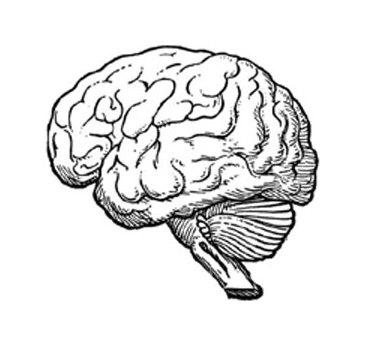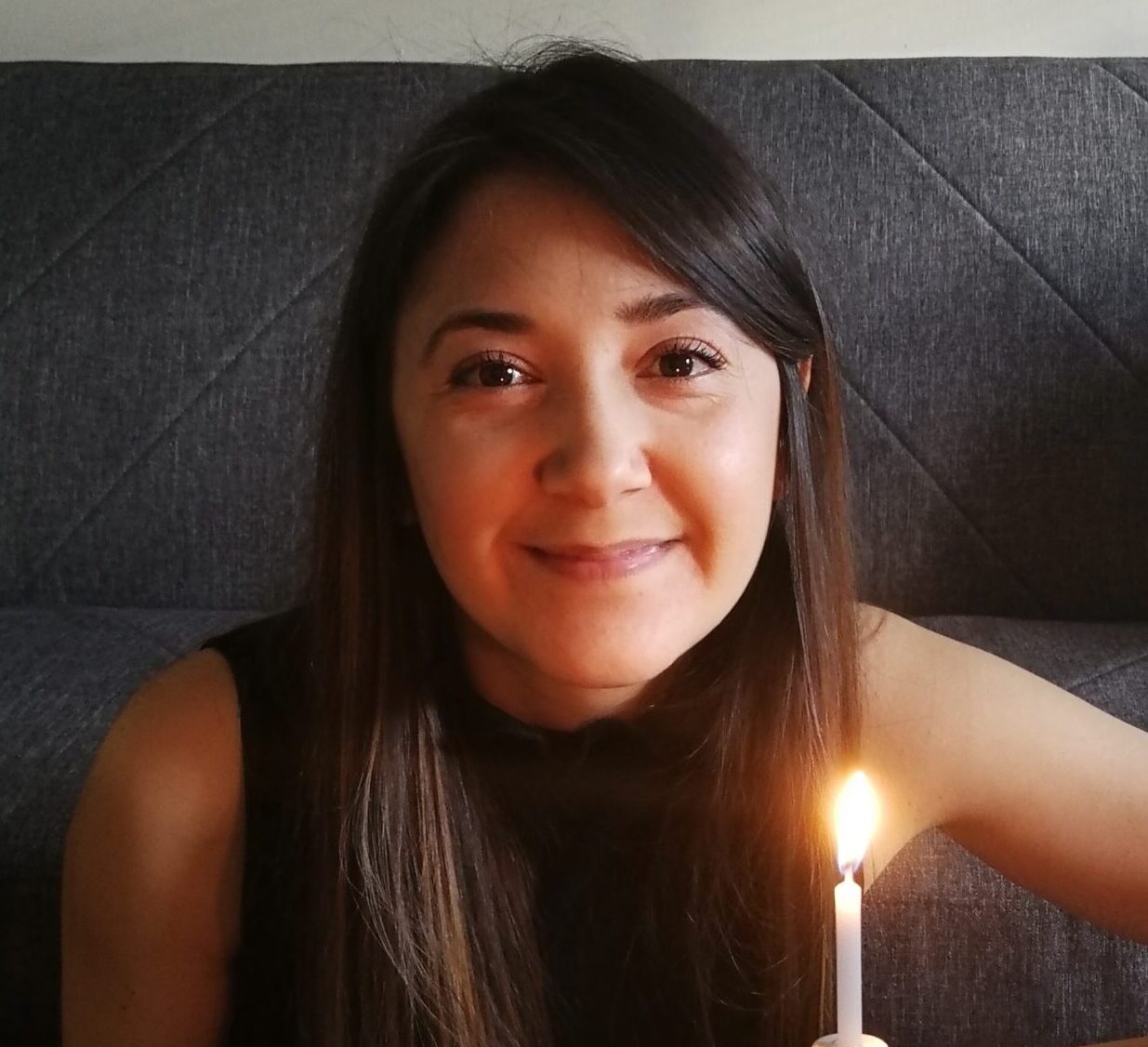Last Monday, I was given the opportunity to take over the second half of the course my supervisor is teaching for the Neuro-Cognitive Psychology Master program.
The course is titled: Neuroimaging in Psychosis and At Risk Mental State
Description: This course enable students to engage in understanding structural and functional brain changes in psychiatric disorders, especially in psychosis and prodromal stage of psychosis (at risk mental state). An integrative approach in prediction and staging of psychosis consisting of brain imaging, neuropsychological and clinical routine is introduced to students. In the first part of the course students are strongly encouraged to discuss “real” clinical cases and gain basic knowledge in the field of neuroimaging in psychosis. In the second part of the course students join the data acquisition which already takes place within the framework of EU funded project PRONIA, which is aiming at facilitating the targeted prevention of psychoses. Furthermore, multi-center project PRONIA is working on optimizing candidate biomarkers for the prediction and staging of psychoses and generating a prognostic system that generalizes well across mental health services. This course will try to complement course N in it’s second part- students will analyze resting-state data in practical sessions using various Matlab toolboxes. At the end of the course students should be able to use a novel platform of modern psychiatry which provides a deeper understanding of clinical and cognitive features of psychosis and how they relate to brain changes in different stages of illness.
Some of the reading provided by the course includes:
- Yung, A., Phillips L. , Yuen, H. & McGorry,P. (2004). Risk factors for psychosis in an ultra high-risk group: psychopathology and clinical features. Schizophrenia Research, 67(2-3), 131-42.
- Koutsouleris N., Meisenzahl E., et al. (2009). Use of neuroanatomical pattern classification to identify subjects in at-risk mental states of psychosis and predict disease transition. Archives of General Psychiatry, 66(7),700-12.
- Falkenberg, I., Kircher, T., & Krug, A. (2014). Neuroimaging in Schizophrenia. In MRI in Psychiatry (pp. 249-274). Springer Berlin Heidelberg.
After the students have spent some weeks covering varying topics within the course by preparing presentations for the other students, and then discussing the topics further – they had the opportunity to integrate all of this knowledge with an exercise. We watched an interview that my supervisor had conducted with a patient who had provided consent to do so, but remained fully anonymous to anyone watching the video. It was depicting the manner in which the interviews we conduct with patients generally occurs. It covers the types of questions we ask along with the formulations for the types of symptoms that come up in this At-Risk Mental State for psychosis. This patient expressed her feelings and described her experiences over the last years with a focus on the more recent changes.
We would watch a little clip for approximately 10 minutes at a time and then discuss her symptoms, and the students had an opportunity to try to discern her symptoms into an educated idea of what it was she might be diagnosed with. It was a somewhat complex example, as her symptoms were very multifaceted. There were aspects of personality disorder, social phobia/anxiety, paranoia and suspisciousness just to name a few.
It was a rewarding experience seeing the way the students engaged with these ideas and applied the knowledge they have accumulated throughout the course.
The papers that were included in the course to build this baseline knowledge include:
- Pantelis, C., Yücel, M., Wood, S. J., Velakoulis, D., Sun, D., Berger, G., … & McGorry, P. D. (2005). Structural brain imaging evidence for multiple pathological processes at different stages of brain development in schizophrenia. Schizophrenia Bulletin, 31(3), 672-696.
- van den Heuvel, M. P., & Fornito, A. (2014). Brain networks in schizophrenia. Neuropsychology review, 24(1), 32-48.
- Benetti, S., Pettersson-Yeo, W., Allen, P., Catani, M., Williams, S., Barsaglini, A., … & Mechelli, A. (2013). Auditory verbal hallucinations and brain dysconnectivity in the perisylvian language network: a multimodal investigation.Schizophrenia bulletin, sbt172.
- Zarogianni, E., Moorhead, T. W., & Lawrie, S. M. (2013). Towards the identification of imaging biomarkers in schizophrenia, using multivariate pattern classification at a single-subject level. NeuroImage: Clinical, 3, 279-289.
- Wolfers, T., Buitelaar, J. K., Beckmann, C. F., Franke, B., & Marquand, A. F. (2015). From estimating activation locality to predicting disorder: A review of pattern recognition for neuroimaging-based psychiatric diagnostics.Neuroscience & Biobehavioral Reviews, 57, 328-349.
- Satterthwaite, T. D., Vandekar, S. N., Wolf, D. H., Bassett, D. S., Ruparel, K., Shehzad, Z., … & Gur, R. E. (2015). Connectome-wide network analysis of youth with psychosis-spectrum symptoms. Molecular psychiatry.
- Gur, R. C., Calkins, M. E., Satterthwaite, T. D., Ruparel, K., Bilker, W. B., Moore, T. M., … & Gur, R. E. (2014). Neurocognitive growth charting in psychosis spectrum youths. JAMA psychiatry, 71(4), 366-374.
- Roiser, J. P., Howes, O. D., Chaddock, C. A., Joyce, E. M., & McGuire, P. (2013). Neural and behavioral correlates of aberrant salience in individuals at risk for psychosis. Schizophrenia bulletin, 39(6), 1328-1336.
- Subramaniam, K., Luks, T. L., Fisher, M., Simpson, G. V., Nagarajan, S., & Vinogradov, S. (2012). Computerized cognitive training restores neural activity within the reality monitoring network in schizophrenia. Neuron, 73(4), 842-853.
- Modinos, G., Renken, R., Shamay-Tsoory, S. G., Ormel, J., & Aleman, A. (2010). Neurobiological correlates of theory of mind in psychosis proneness.Neuropsychologia, 48(13), 3715-3724.
All in all it was a great experience – especially coming from someone who hasn’t much of an opportunity independently keeping other students engaged.

